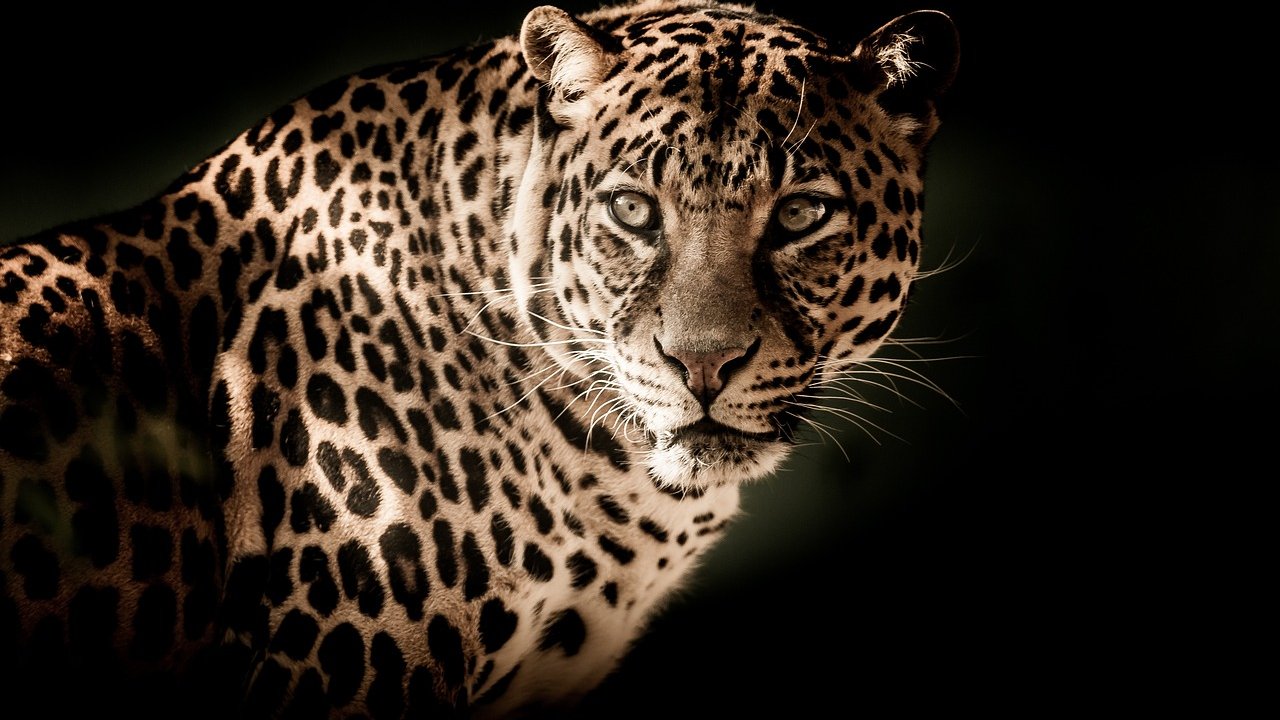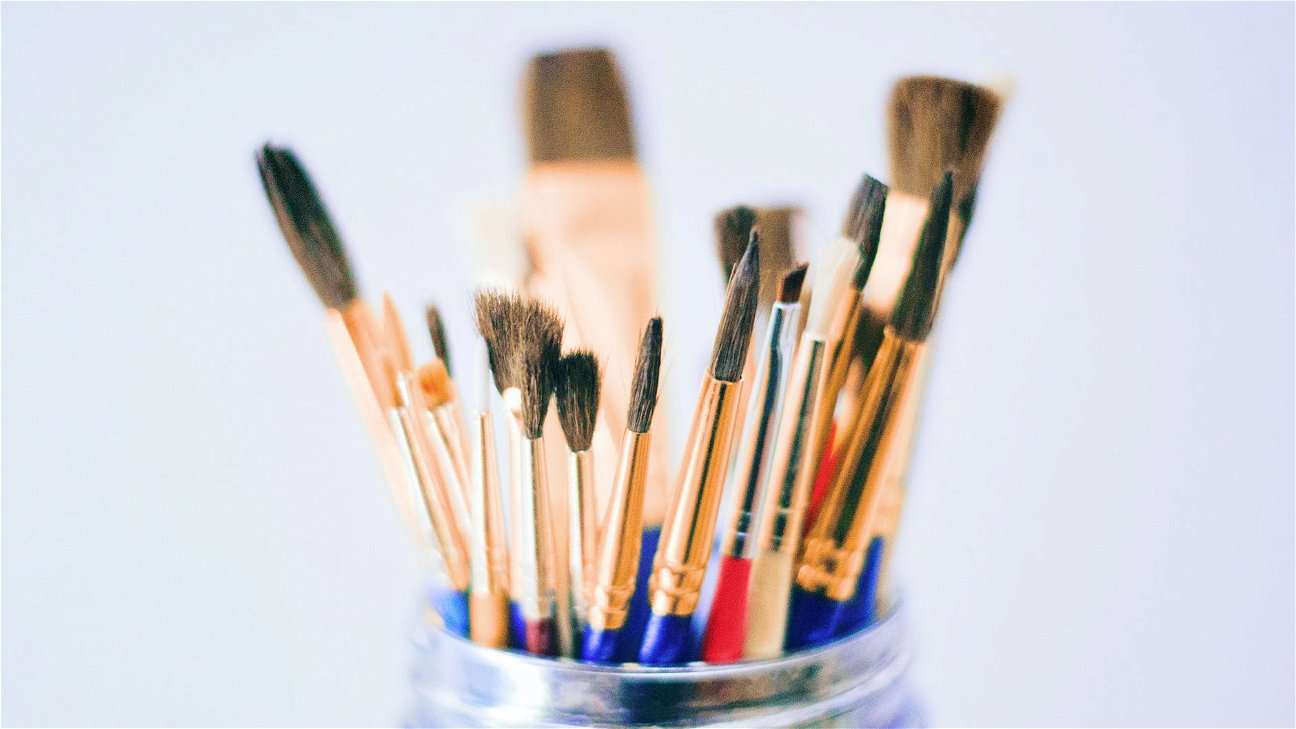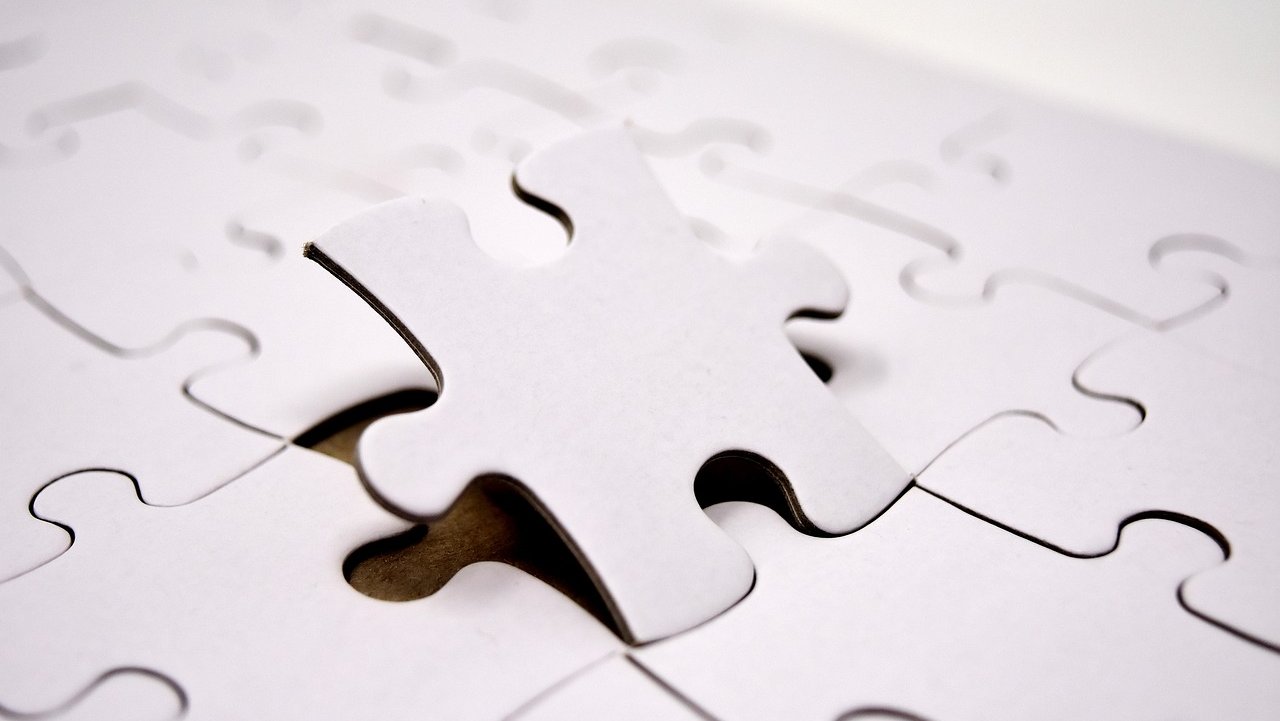
Whether you've just decided to embrace your inner shutterbug and explore the world of photography or you've just upgraded from a smartphone camera to a DSLR (Digital Single-Lens Reflex), knowing how to use your new equipment can be a bit daunting. But fear not, with this guide, you'll be shooting like a professional in no time.
Understanding your DSLR
The first step in mastering your DSLR is understanding what it is and how it differs from your typical point-and-shoot or smartphone camera. Unlike other cameras, a DSLR allows you to change lenses, giving you complete control over your photography.
DSLRs also have larger image sensors, meaning they can capture more detail and perform better in low light. But perhaps the most significant difference is the range of manual controls a DSLR offers. From adjusting the aperture to setting the shutter speed, a DSLR gives you the power to fine-tune your photos to your liking.
Settings and modes
Now that you have a basic understanding of what a DSLR is let's dive into its various settings and modes.
Manual Mode (M): Manual mode gives you complete control over the camera's settings. You can adjust the aperture, shutter speed, and ISO as you please.
Aperture Priority Mode (A or Av): In aperture priority mode, you set the aperture, and the camera automatically adjusts the shutter speed to get a correctly exposed photo.
Shutter Priority Mode (S or Tv): Shutter priority mode is the opposite of aperture priority mode. You set the shutter speed, and the camera adjusts the aperture.
Program Mode (P): In program mode, the camera automatically sets the aperture and shutter speed, but you can override the settings if you want. It's a hybrid of automatic and manual modes.
Starting with your DSLR
Start by keeping your camera in automatic mode. The camera will control the shutter speed, aperture, and ISO, leaving you to focus on framing and composition. As you get more comfortable, you can start to experiment with manual control and other settings.
DSLR cameras can be a bit hefty, so make sure you hold it correctly. Use both hands: one around the body and one around the lens. Keep your elbows tucked into your body for stability.
Practice makes perfect
The best way to get better at using your DSLR is to practice. Start by taking photos in different lighting conditions, experimenting with different subjects, and trying out different camera settings. Remember, it's not about taking the perfect shot on your first try, but about learning and improving with each shot you take.
Below is a quick reference table for the modes on your DSLR camera:
So there you have it, the basics of using a DSLR for beginners. Remember, the most crucial part of photography is not the equipment, but the photographer. So keep learning, keep shooting, and most importantly, enjoy the process.











